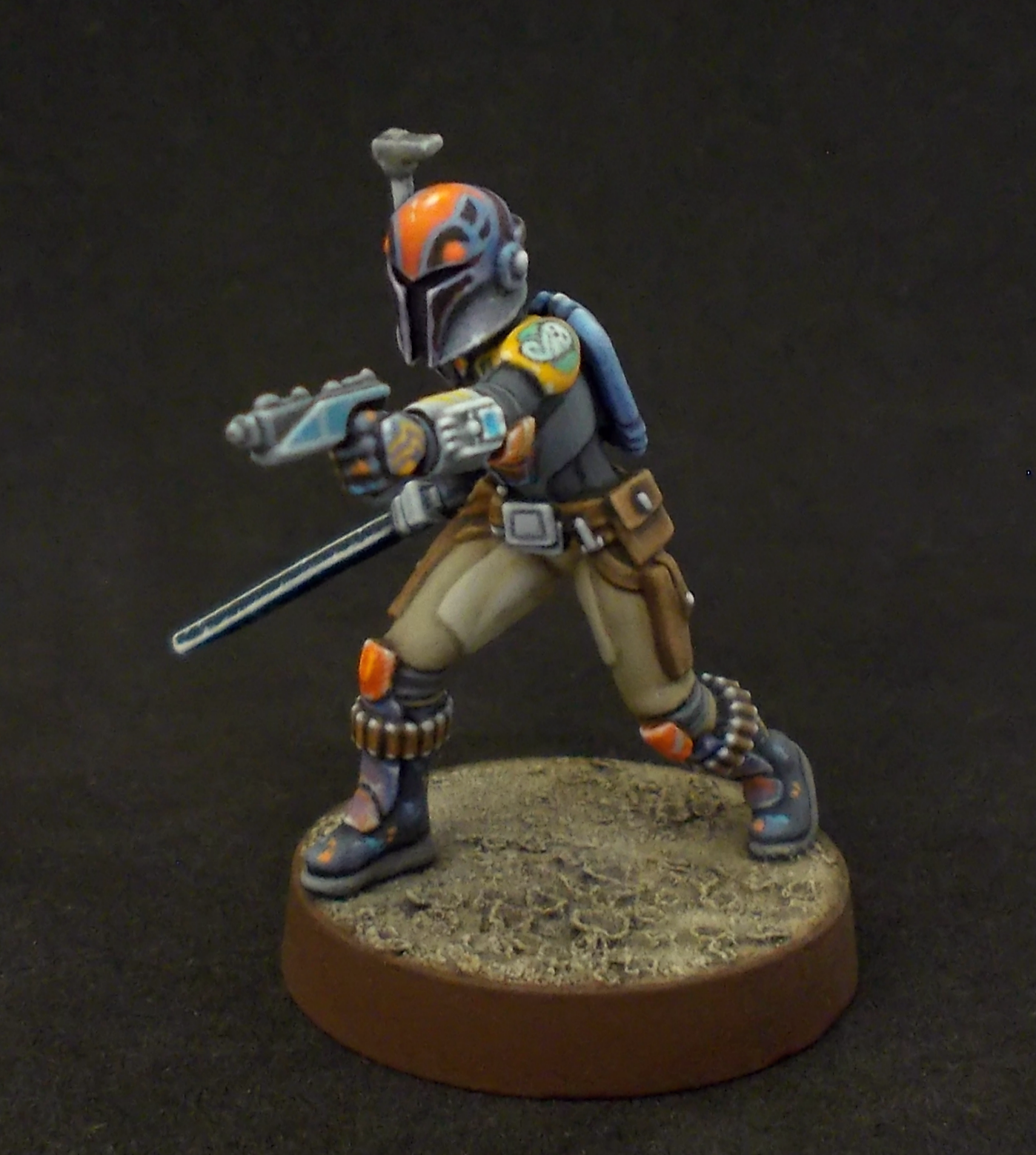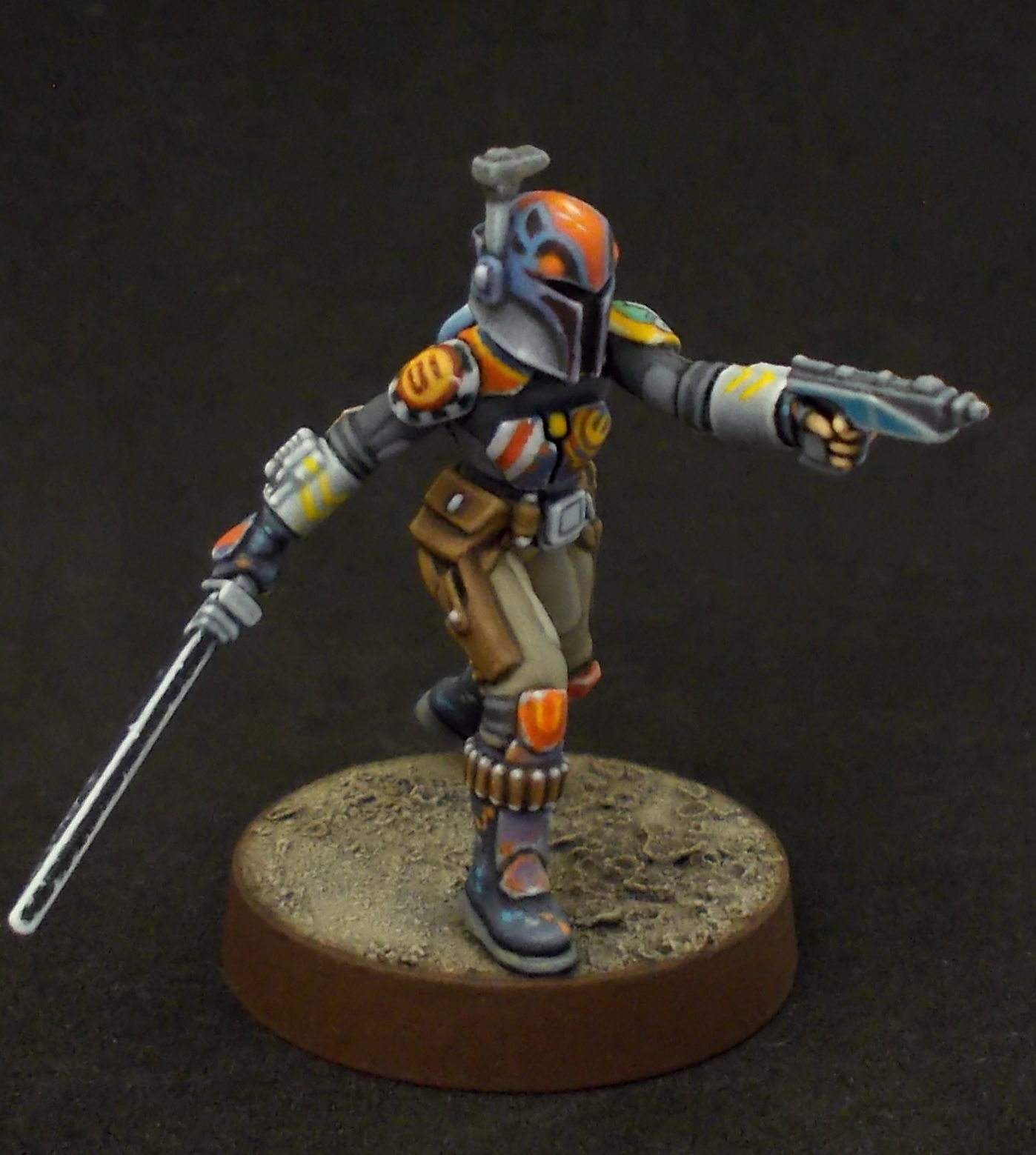I'm far from the most qualified here to give a tutorial, however, when I first started painting I was always unsure of just how thin paint should be when it goes on. I took a picture of each layer of orange (vallejo's bright orange) on this ship in hopes that it might help someone.




And now I started mixing the Orange with bright yellow (Vallejo yellow-green) with an equal amount of Vallejo glaze medium (but water or air brush thinner would probably work just as well) to add in brighter highlights toward the bottom:




So it took a lot of layers to get where I was going. You can see where the thin paint ran into the grooves here, but I hit those again with black paint and was pretty happy with the results. Now I need to apply the same technique to the sides of the arms/wings, then do the same thing to it's twin and lastly, post them on the IG-Aggressor forum page.

Hopefully this helps someone someday.
Edited by Whalers on the moonoh, and figure out what to do with the cockpit.

